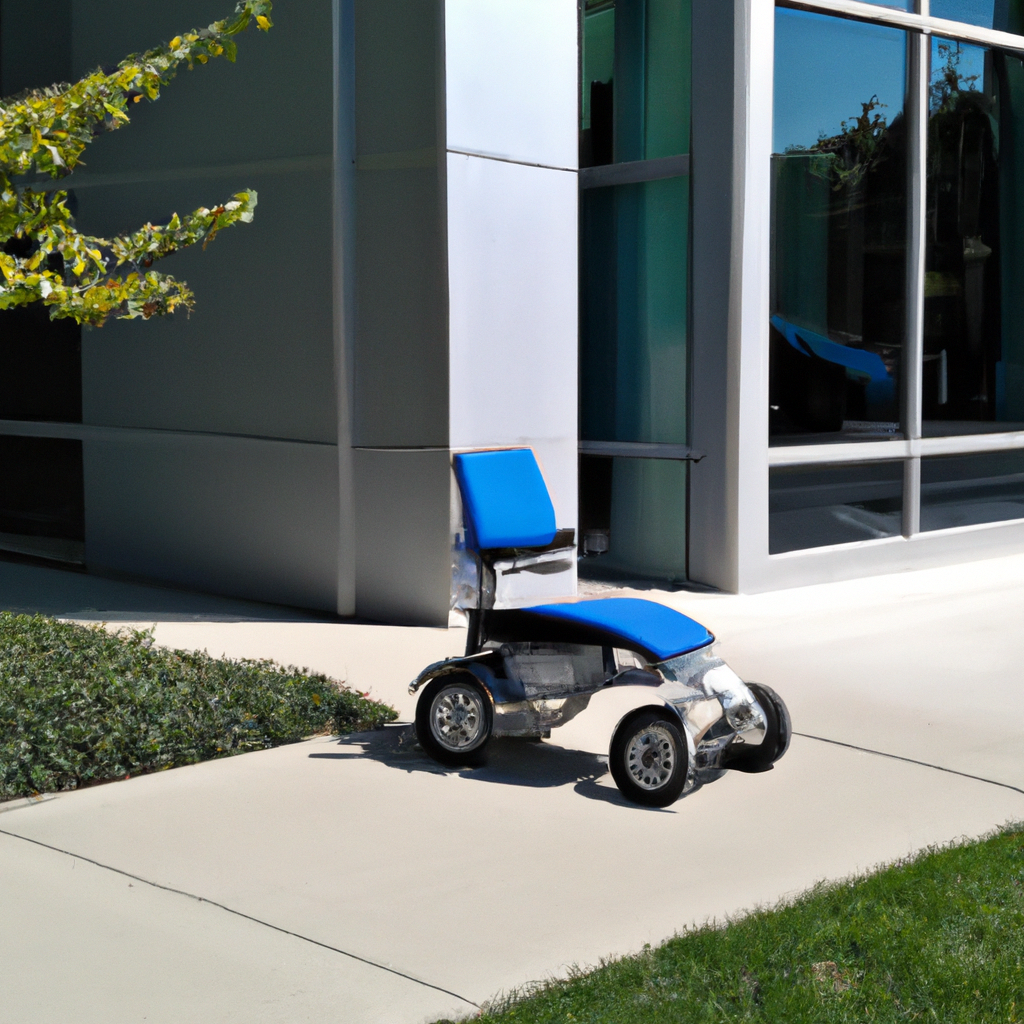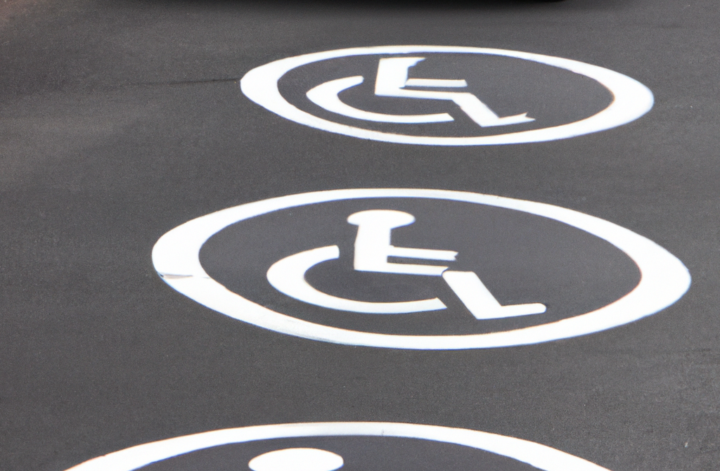When it comes to maintaining independence and mobility, individuals with disabilities often rely on wheelchair accessible vehicles. These vehicles provide the necessary adaptations and features to accommodate wheelchair users, ensuring they can travel comfortably and conveniently. While new wheelchair accessible vehicles can be quite expensive, second-hand options offer an affordable alternative without compromising on functionality. In this article, we will delve into the world of second-hand wheelchair accessible vehicles, exploring their benefits, factors to consider when buying, where to find them, financing options, maintenance, and more.
Benefits of Second-Hand Wheelchair Accessible Vehicles:
Second-hand wheelchair accessible vehicles come with numerous advantages that make them an attractive choice for individuals with disabilities. Let’s take a closer look at some of these benefits:
1. Cost-effective option:
- Second-hand vehicles are generally more affordable compared to brand new ones, allowing individuals with budget constraints to access quality mobility solutions.
- The depreciation that occurs in the first few years of a vehicle’s life can result in significant savings when purchasing a second-hand option.
2. Availability of various models and features:
- The second-hand market offers a wide range of wheelchair accessible vehicles, including vans, SUVs and minivans, providing options that cater to different needs and preferences.
- Buyers can explore various models and choose the one that suits their specific requirements in terms of size, seating capacity, storage, and accessibility features.
3. Customizability and adaptations:
- Second-hand wheelchair accessible vehicle often come with existing adaptations, such as ramps, lifts, and lowered floors, which can save buyers the expense of installing these modifications themselves.
- These vehicles can be further customized and adapted to meet the unique needs of individuals with disabilities, ensuring maximum comfort and convenience during travel.
Factors to Consider When Buying a Second-Hand Wheelchair Accessible Vehicle:

Before making a purchase, it’s essential to consider several factors to ensure the chosen vehicle meets your requirements. Here are some key points to keep in mind:
1. Vehicle condition and history:
- Thoroughly inspect the vehicle for any signs of wear, mechanical issues, or damage. Check the maintenance records and request a vehicle history report to assess its overall condition.
- Conduct a test drive to evaluate the vehicle’s performance, including its engine, brakes, suspension, and other crucial components.
2. Safety features and certifications:
- Verify that the vehicle meets safety standards and has undergone necessary certifications, such as crash tests and wheelchair tie-down system certifications.
- Ensure the vehicle is equipped with essential safety features, including airbags, antilock braking systems, and stability control.
3. Compatibility with specific wheelchair types:
- Consider the compatibility of the vehicle with your specific wheelchair type. Measure the dimensions of your wheelchair and ensure it fits comfortably within the vehicle’s interior.
4. Accessibility features and ease of use:
- Examine the accessibility features, such as ramps, lifts, and automated doors, to ensure they function smoothly and accommodate your needs.
- Assess the ease of use of these features, considering factors like control mechanisms, operation time, and reliability.
Where to Find Second-Hand Wheelchair Accessible Vehicles:
When searching for second-hand wheelchair accessible vehicles, you can explore various avenues to find the right option:
1. Local dealerships and classified ads:
- Visit local dealerships that specialize in mobility vehicles or have a pre-owned vehicle section. They may have second-hand wheelchair accessible vehicles available for sale or on consignment.
- Check classified ads in newspapers or online platforms specifically targeting the sale of used vehicles.
2. Online marketplaces and platforms:
- Browse online marketplaces like eBay, Craigslist, or specialized platforms dedicated to the sale of wheelchair accessible vehicles. These platforms often provide detailed information and images of the vehicles available.
3. Mobility equipment retailers and organizations:
- Some mobility equipment retailers and organizations may have second-hand wheelchair accessible vehicles in their inventory or can connect you with sellers in their network.
- These retailers often provide expertise and support in selecting the right vehicle based on your needs and budget.
Tips for Inspecting and Evaluating Second-Hand Wheelchair Accessible Vehicles:
When you come across a potential second-hand wheelchair accessible vehicle, it’s crucial to conduct a thorough inspection and evaluation. Consider the following tips during this process:
1. Checking the overall condition of the vehicle:
- Examine the exterior for signs of rust, dents, or paint damage. Inspect the interior for any tears or stains in the upholstery and ensure the seats are comfortable and well-maintained.
- Look for signs of water damage or leaks, and check the condition of the tires, brakes, and suspension.
2. Assessing the functionality of accessibility features:
- Test the ramps, lifts, and automated doors to ensure they operate smoothly and without any glitches. Pay attention to the safety mechanisms and assess their reliability.
- Confirm that the wheelchair securement systems, such as tie-downs and wheelchair restraints, are in good working condition and provide sufficient stability.
3. Verifying maintenance and service records:
- Request the maintenance and service records for the vehicle to gain insight into its history and ensure it has received regular maintenance and necessary repairs.
- Look for records of adaptations or modifications and verify their quality and compliance with safety standards.
Financing Options for Second-Hand Wheelchair Accessible Vehicles:
While second-hand wheelchair accessible vehicles are more affordable than new ones, financing options can further facilitate the purchase. Consider the following financing avenues:
1. Loan programs and financial assistance:
- Research loan programs specifically designed for individuals with disabilities or those seeking mobility solutions. These programs may offer favorable terms and interest rates.
- Explore financial assistance options available through government agencies, non-profit organizations, or foundations supporting individuals with disabilities.
2. Insurance considerations:
- Consult with insurance providers to understand the coverage options available for second-hand wheelchair accessible vehicles. Determine the premiums and coverage limits to ensure they align with your budget and needs.
Maintenance and Upkeep of Second-Hand Wheelchair Accessible Vehicles:
Proper maintenance and upkeep are essential to keep your second-hand wheelchair accessible vehicle in optimal condition. Follow these guidelines:
1. Regular servicing and inspections:
- Schedule regular servicing and inspections to identify and address any mechanical issues promptly. This includes routine maintenance tasks like oil changes, tire rotations, and fluid checks.
2. Accessibility feature maintenance:
- Maintain and service the accessibility features, such as ramps, lifts, and automated doors, as per the manufacturer’s recommendations. Regular inspections can help detect any wear or malfunctions.
3. Addressing repairs and modifications:
- Promptly address any necessary repairs or modifications to ensure the vehicle remains safe and functional. Consult with certified technicians or mobility equipment specialists for assistance.
Selling or Trading-In a Second-Hand Wheelchair Accessible Vehicle:
If you decide to sell or trade-in your second-hand wheelchair accessible vehicle, consider the following steps:
1. Preparing the vehicle for sale:
- Clean the vehicle thoroughly and make any necessary repairs or touch-ups to enhance its appeal.
- Gather all relevant documents, including maintenance records, modifications, and warranty information, to provide potential buyers with comprehensive information.
2. Evaluating trade-in options:
- If considering a trade-in, research different dealerships or mobility equipment retailers to find the best trade-in value for your vehicle.
- Compare offers and negotiate to ensure you receive a fair price for your second-hand wheelchair accessible vehicle.
3. Marketing and promoting the vehicle:
- Utilize online platforms, social media, and local classified ads to market and promote your second-hand vehicle. Include detailed descriptions, clear photos, and contact information to attract potential buyers.
Conclusion:
Second-hand wheelchair accessible vehicles offer affordable options for individuals with disabilities seeking mobility solutions. They provide numerous benefits, including cost-effectiveness, a variety of models and features, and customizability. When buying a second-hand vehicle, consider factors such as vehicle condition, safety features, compatibility, and accessibility. You can find second-hand options through local dealerships, online platforms, and mobility equipment retailers. Remember to inspect the vehicle thoroughly, verify maintenance records, and evaluate its functionality. Financing options and proper maintenance are crucial aspects to consider. When selling or trading-in a second-hand wheelchair accessible vehicle, prepare the vehicle, evaluate trade-in options, and market it effectively.




